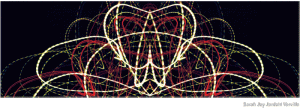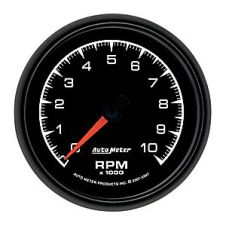Quickness obviously relates to speed and physical speed is what come to mind when one thinks of this term. In literature, Calvino uses the examples of fairy-tales to convey this sense of speed. The stories are short and only describe what they need to as things arise. For instance, the dragon will not be mentioned until it appears and will be described in maybe a few short sentences. Shorter sentences do allow for faster reading because of the simplicity that comes from it. However, this is not the sort of quickness Calvino is getting at. Rather, he is more concerned with mental speed. Mental speed is controlled by “manipulating the continuity and discontinuity of time.” (Calvino 37) This means the ebb and flow of the story itself. He uses an excerpt Boccaccio’s novellas to explain this. The excerpt is about a bad storyteller and how he had to back track, start over and fumbled over the story while telling it, making it uninteresting. This shows that the rhythm of the story is also important because it sets the pace of a story. Mental speed is not about how fast one can read something, it is about how fast the pace of the story moves through style, structure, and rhythm.
The E-lit piece I chose for quickness is “Ah” by K Michael and Dirk Vis. In the piece, a single line of script crosses through the page at a slow pace. There are small phrases from the slower script that break out and move faster across. When the faster script hits the right blank space in between words, it creates the sentence. However it is just as soon gone as it came. Thus the pace of the sentence is determined by both the slower script and the faster script and the viewer has to keep track of both in order to understand what the script is saying.
 Link to Ah
Link to Ah
The graphic design element that best represents quickness is time and motion. Motion is a change that takes place within time and can be implied or literal. In art, motion is implied. Thin, italicized, tall letters imply fast movement versus small large short letters which imply slow movement. In e-lit, the motion is literal. One can see how quick the text is moving and where. This is because the computer screen is an active changing surface as well as a neutral stage, or support, for which characters rush on and off.
 Long Exposure Photography, Sarah Verville, MFA Studio
Long Exposure Photography, Sarah Verville, MFA Studio
The analogy I chose for quickness is the song “The Distance” by Cake. The song is about a man on the road moving through the space. The song itself has a fast tempo and the lyrics also imply a sense of quickness as well. However the actual words tend to fall on the back of the beat. The music is still in time but even though the music is fast, the words sound slower thus giving the song a seemingly slower pace against a faster pace. This relates to the slow and fast pace juxtaposed in the e-lit “Ah.”
The emblem I chose for quickness is the RPM meter in a car. RPM stands for Revolutions Per Minute and is the measurement of how fast the engine is spinning. The engine is what gives a car power and thus, if there are not a lot of RPM’s the car will not go fast. Thus, the RPM’s are what set the pace of the car and allow it to go as fast as it does. This relates to the e-lit piece because, even though it can’t be going fast and slow at the same time, it does set the pace for which the driver, or reader, can move.

